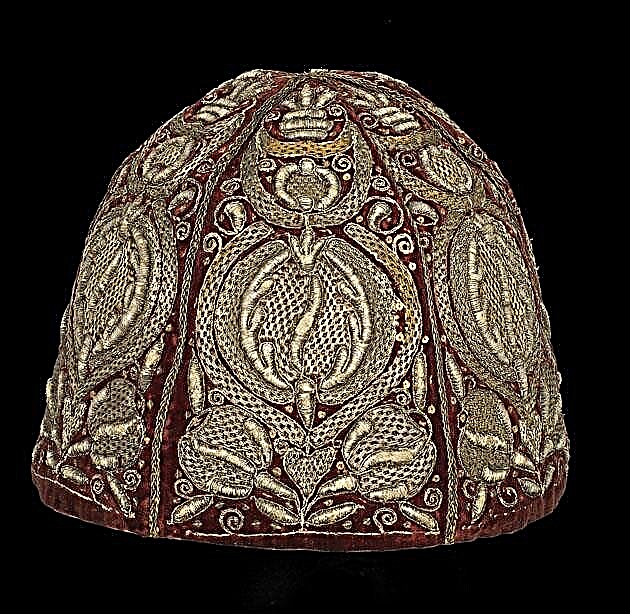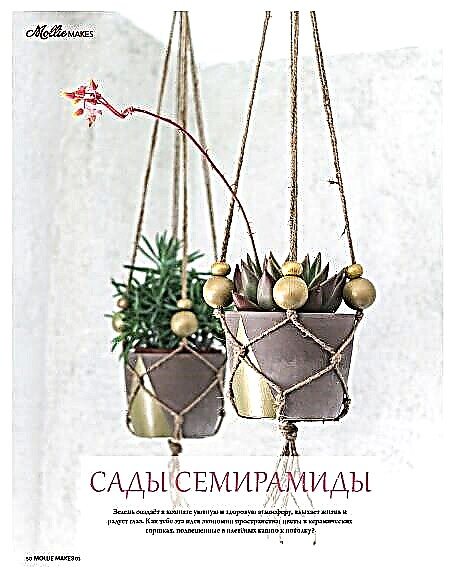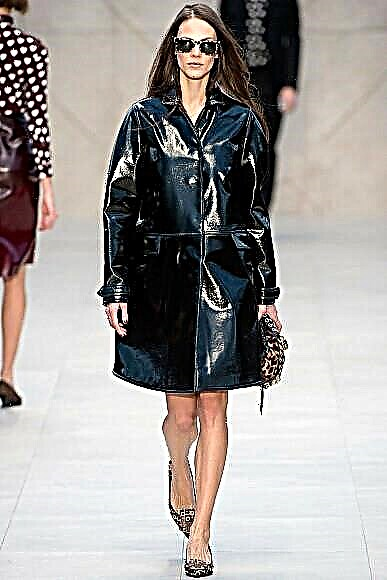In cozy alpine towns, tourists willingly take pictures of local residents in national costumes. And they are surprised - modern people still wear outfits of bygone days!
However, the love of the Bavarians and Tyroleans for their national costumes is easily explainable. Firstly, they are very comfortable - all fabrics are natural, warming in cold weather and pleasantly cool in hot weather, and the cut of the costumes is almost perfect and does not restrict movements. Secondly, they are distinguished by elegance, femininity and, accordingly, masculinity, good taste and excellent finish (love of detail, as Bavarians and Tyroleans like to put it).
Bavarian and Tyrolean national costumes are basically very similar, only your favorite colors and some not very essential details vary depending on the land (in our region). This is also not surprising, because Bavaria and Tyrol were a single state in a period of time significant for the formation of a nation (they still have a common language). Then Tyrol was part of either Austria-Hungary, then Italy, or Germany - but still the most common features of Tyrol are precisely with the alpine and alpine Bavaria.
However, in other countries, residents of mountainous inaccessible areas still have a love of tradition and the desire to preserve every detail of their national costume. And if the Scottish kilt is not very spread around the world, although it is no less widely known than the Bavarian national costume, then trachten or dirndl, if not by name, then by silhouette and certain details are used in almost every corner of the earth.
A man’s hunting hat with a feather or a jacket of dark green color combined with leather trousers, women's blouses with a fitted neck and sleeves-lanterns or a tightly tightened corset combined with a full skirt - do you recognize? These are typical traits of tracht and dirndl, including those well-known in Russia as well.
Of course, the times are gone when the clothes of a resident of the Alpine mountains told almost everything about him - about his position in society, about his family, age and number of children. Gradually, the folk costume of the Alpine highlanders becomes more and more vibrant, more and more ornaments appear on it - ribbons, lace, embroidery, emblems, metal badges. Even men's vests and frock coats are decorated with chains and embroidery, and instead of a tie, men tie ribbons on their necks.
Well, women's suits are simply full of all kinds of decor: vests, blouses, skirts, dresses, jackets, coats are decorated. The costume is necessarily supplemented with a necklace on the neck, and an elegant apron with a bow is tied over a skirt or dress. By the way, do not confuse when you try on a Bavarian costume: if you are not married, the bow should be on the left, married - on the right, the widows tie a bow in the middle.
Unfortunately, these costumes are very, very expensive. Especially if you want to buy not a tourist option, but an outfit worn by the Germans and Austrians themselves, you have to fork out. Firstly, all the materials from which they are sewn are of excellent quality, and secondly, they have a lot of handmade work and expensive finishes. Loden (natural felted wool), natural suede and leather of excellent manufacture, linen, cotton and wool of the highest quality. A variety of embroidery - the most popular motif - edelweiss (sometimes these flowers are knitted or crocheted and sewn in the form of an emblem, including men's frock coats). A variety of silk ribbons, bows, chains, lace are often sewn onto each other in several layers. Buttons are also made of natural materials: wooden, bone or metal.
Add to this accessories such as leggings, hats with a goose, cockerel feather or eagle down or with a brush of chamois hair, webbing with embroidery for leather trousers, walking sticks, boots or boots for men, scarves and handbags, woolen shawls, miniature hats , black shoes with buckles for women, as well as winter options - suede jackets for men or flared coats with embroidery for women, etc. All this actually looks elegant and is expensive - a good reason for the outfit to not go out out of fashion for several centuries.
The costumes that tourists buy at a lower price, at first glance, do not differ much from the "real" Bavarian or Tyrolean outfit. But if you look at the details, then there will be a lot of differences. Firstly, as mentioned above, trachts and dirndles are made only of natural materials of good quality. The addition of viscose and especially any synthetics is simply unacceptable. Secondly, in real Alpine outfits there are almost no ruffles in the form of ordinary assemblies, swept over with a slice of multi-colored threads, only black or white lace, etc., etc. And thirdly, national costumes differ in details in depending on the area where they are worn - and true Alpines will never mix in one outfit unacceptable colors, emblems, embroideries and other details.
An interesting fact: a century and a half ago, wedding dresses in Bavaria and Tyrol were usually sewn from black or dark green fabric and only the veil was white. Now it has become exotic.
I would like to hope that in the cozy mountain towns of Bavaria and Tyrol for a very long time they will wear comfortable and beautiful national costumes, making a minimum of changes to them.
ON THE PHOTO AT THE BEGINNING OF THE ARTICLE, we tried to demonstrate to you how beautiful clothes and accessories are, including those stylized as Bavarian and Tyrolean costumes.
And also we would like to offer a small master class on manufacturing MARGINS WITH SCARLET SILK ROSE

Style is determined by the details! Without decoration on her neck, a woman did not appear at any celebration or fair. And now sometimes a man-made flower of silk shreds on velvet braid looks better than expensive jewelry.
YOU WILL NEED Natural silk silk pink; black tape approx. 1.00 m wide by 1.5 cm; threads for sewing.
HOW TO MAKE Cut from silk approx. 15 circles with a diameter of 10 cm. Each circle is folded four times. Slices cut in the shape of a clover leaf. Fold the four folded circles into a flower, stitch the middle together. Sew the flower to the braid. Tie a ribbon around the neck with a bow.
Dedicated to the Oktoberfest
Material prepared by Elena Karpova















